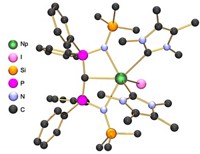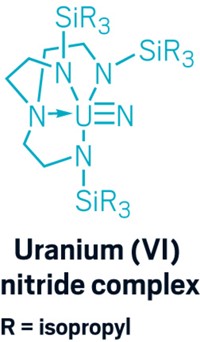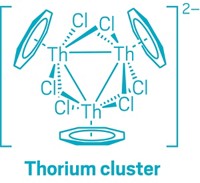Advertisement
Grab your lab coat. Let's get started
Welcome!
Welcome!
Create an account below to get 6 C&EN articles per month, receive newsletters and more - all free.
It seems this is your first time logging in online. Please enter the following information to continue.
As an ACS member you automatically get access to this site. All we need is few more details to create your reading experience.
Not you? Sign in with a different account.
Not you? Sign in with a different account.
ERROR 1
ERROR 1
ERROR 2
ERROR 2
ERROR 2
ERROR 2
ERROR 2
Password and Confirm password must match.
If you have an ACS member number, please enter it here so we can link this account to your membership. (optional)
ERROR 2
ACS values your privacy. By submitting your information, you are gaining access to C&EN and subscribing to our weekly newsletter. We use the information you provide to make your reading experience better, and we will never sell your data to third party members.
Physical Chemistry
Strong Paramagnetism Makes Strong Bonds
Computations predict a distinct new form of chemical bonding in exotic astronomical environments
by Elizabeth K. Wilson
July 23, 2012
| A version of this story appeared in
Volume 90, Issue 30
Extremely strong magnetic fields, such as those found around dense astronomical bodies like white dwarfs and neutron stars, could create a third form of chemical bonding quite different from covalent or ionic bonding, physicists report (Science, DOI: 10.1126/science.1219703). In the past, theoreticians have proposed that a magnetic field thousands of times stronger than that achievable in a laboratory could fundamentally alter chemical bonding. But until now computations have not been sophisticated enough to make reliable predictions. Trygve U. Helgaker of the University of Oslo and colleagues developed software that they say can accurately describe molecules at all orientations in a strong magnetic field. They used the program to model the binding properties of H2 and He2 in magnetic fields up to 100,000 tesla; the strongest man-made magnets are about 40 tesla. Their computations predict that when the diatomic molecules are positioned perpendicular to an external magnetic field, antibonding orbitals in the molecules are stabilized. This leads to a strong paramagnetic bonding of the atoms that would otherwise fall apart. The finding has added a key new mechanism to the “fascinating topic” of bonding, writes the University of Hamburg’s Peter Schmelcher in an accompanying perspective.





Join the conversation
Contact the reporter
Submit a Letter to the Editor for publication
Engage with us on Twitter